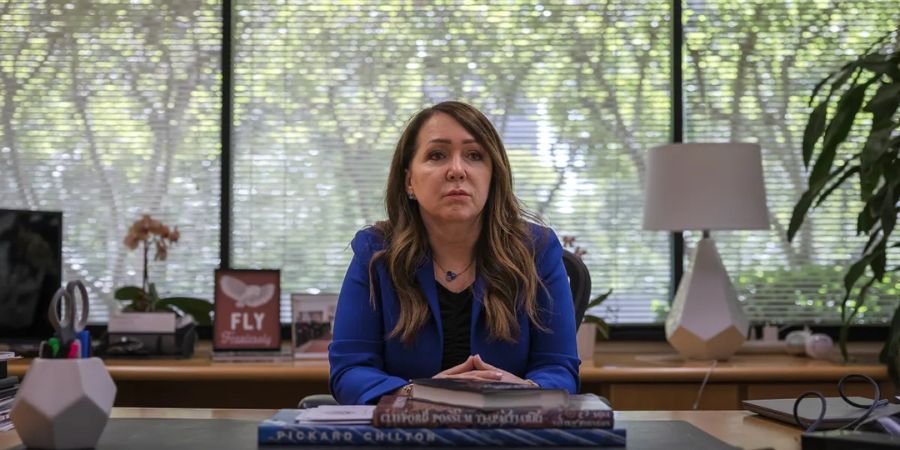Marcie Frost, the chief executive of the California Public Employees’ Retirement System (CalPERS), is set to earn over $1 million for the first time since her appointment in 2016. The pension fund’s administrative board has awarded her a substantial bonus of $667,320, which significantly exceeds her previous performance incentive.
With a base salary of $578,000, Frost’s total compensation will now exceed $1.2 million. Last year, her earnings amounted to $752,000, including a bonus of $192,682.
CalPERS Strong Investment Performance
CalPERS has recently reported a 9.3% return on its investments, outperforming its target of 6.8%. This positive performance is crucial for the $528 billion pension fund, as it directly impacts the costs charged to California government agencies. When the fund falls short of its benchmarks, it can lead to increased financial burdens for these agencies.
Leadership During Challenging Times
Since joining CalPERS, Frost has navigated the organization through significant transitions, including major funding reforms and the challenges posed by the COVID-19 pandemic. Her leadership has also been instrumental in advancing the fund’s initiatives related to climate change.
While the CEO’s role is critical, the chief investment officer typically commands the highest compensation at CalPERS due to their responsibility for crafting investment strategies that aim to meet annual targets. However, this position has seen considerable turnover, with Stephen Gilmore recently stepping in as the fourth individual to occupy the role during Frost’s tenure.
Comparative Compensation in the Sector
As CalPERS moves forward, it stands in contrast to California’s second-largest pension fund, the California State Teachers’ Retirement System (CalSTRS), which is expected to announce bonuses for its executives soon. Last year, CalSTRS Chief Executive Cassandra Lichnock received total compensation of $984,000, including a $574,000 bonus.
Addressing Underfunding Issues
Both CalPERS and CalSTRS are grappling with underfunding challenges, owing more in benefits than their current asset valuations can support. Their respective funding deficits can be traced back to a 1999 policy change that increased retirement benefits and subsequent investment losses during the Great Recession. Public employees hired after January 1, 2013, have been subject to less generous pension plans as both funds aim for long-term financial stability and full funding.
Read Also: Era Ventures raises its first fund of $88 million








